How LucasArts Made Boba Fett a Video Game Icon
Shadow of Fett’s Empire
Did you know LucasArts first video game wasn’t even Star Wars? Lucasfilm Games (later called LucasArts between 1990 and 2021) was created by George Lucas years ago in 1979 when he was seeking to venture towards other avenues of entertainment. But it wasn’t until the early 1990s that a LucasArts Star Wars video game was made and released. This was mostly due to licensing issues but it was in some ways a blessing in disguise — especially for Boba Fett. In the 1980s there were video games based off the original trilogy films. Atari 2600 saw the first few Star Wars games, the first being “The Empire Strikes Back” (1982). When that sold well, they released a lightsaber-based game called “Star Wars: Jedi Arena” (1983), which was a failure. Afterwards were a couple “Return of the Jedi” games on multiple consoles in 1983/1984. In 1987, Japan got an exclusive Star Wars game on Famicom (plus another exclusive Star Wars game in 1991).
On the arcade side of things, there were coin-operated arcade machines for all three movies released in 1983, ’84, and ’85. There was even a “Star Wars: Droids” game based off the cartoon in 1988. It’s a lesser known computer game that makes reference to the Fromm gang in its game summary — the same Fromm gang that Boba Fett associated with in the first Star Wars animated series. Sadly, that and the Empire Strikes Back pinball from 1980 by A. Hankin & Co. — the first licensed Star Wars pinball machine ever made, which did not have Boba Fett in the art, but it at least could make you think of him — was about the most Boba Fett you got in the 1980s video game era. His breakout moment had happened in film and television – but not in video games. At least not yet.
Then the 1990s came and Boba’s luck began to change in video games. But how did it happen and what was the point in which his status elevated to a video game icon? I theorize that it is Shadows of the Empire (1996) that cemented the status. But a Star Wars theory isn’t enough, I want to prove my claim, so I have to take a look at the history and evolution of it… so back to the topic of LucasArts (presently known again as Lucasfilm Games) and their history of Star Wars games that eventually led to Boba Fett joining the ranks of video game stardom with the likes of gaming legends like Donkey Kong & Chun-Li.
After making mostly forgettable original games in the 1980s, LucasArts ventured into the market of making video games based off their films. However, they started off with the Indiana Jones movie franchise, rather than the other Harrison Ford led series of Star Wars. Fortunately, they ended off the decade on a high note with some notable Indiana Jones games and LucasArts was on their way up. With Indiana Jones working out in the early gaming world it was only logical to move on to Star Wars. That worked out well for them too with the first couple of Star Wars games, based off the first 2 films, being successful enough.
Boba Fett finally made his first appearance in video games in The Empire Strikes Back (1991) and then again in Super Star Wars The Empire Strikes Back (1993), the upgraded version of the same game concept. In each version you can battle Boba Fett and the Firespray-class Slave I. Boba Fett even appears on the cover of Super Star Wars The Empire Strikes Back to complete the character’s first major video game milestone of being in a game: being a boss fight and making the cover. However, the one flaw about this game was the difficulty. While it did receive praise from certain magazine outlets, it also got heavy criticism from others, citing the challenges of maze-like gameplay being frustrating. Boba Fett wasn’t a game icon just yet.
Boba Fett’s third appearance in gaming would come in a more … unusual well. Star Wars Chess (1993) did not make much of a name for itself (as one would expect) but it was indeed a chess game themed after Star Wars featuring Boba Fett as an Empire piece. The game included multiple animations of Boba Fett destroying someone from the Rebel Alliance — or Boba being destroyed by one of them, usually in a comical fashion. Seeing C-3PO take out Fett is a tough watch, although seeing Boba in action is a joy. As much as I personally don’t mind the game, it’s not making anyone’s list of favorite Star Wars game, so things needed to get back on track for Fett.
That’s where Star Wars: Dark Forces (1995) enters the picture. Now Dark Forces was part of that golden age of Star Wars computer games featuring 3D graphic gameplay. That all started with 1993’s popular Rebel Assault title that incorporated live-action footage and the more popular 3D space shooter TIE Fighter. But unlike those games there were no flying missions in Dark Forces — it was closer to a shooter like the popular DOOM. That was part of the charm of “Dark Forces” since it was DOOM but in the Star Wars universe. Being the gracious real life character he was, George Lucas allowed for creative freedom in these games. According to one prestigious game magazine of the time (EGM, July 1996) that featured an interview with a developer of “Dark Forces,” George Lucas even played and enjoyed “Dark Forces.” In the LucasArts era he was seemingly well aware of what was going on in the game universe. Fans certainly had no problem with it, as it respected both the film lore and Expanded Universe of multi-media. Instead of being in some sort of alternate version of “The Empire Strikes Back,” Boba Fett suddenly had real video game lore. He had a new enemy in the force-sensitive Kyle Katarn. In one of the sequels called Jedi Knight: Jedi Academy (2003), Katarn even reminisces about fighting Boba Fett after he learns one his students met him on a mission as well. Much like his role in the “Empire Strikes Back” games, Boba Fett was once again a boss character. Plus, he was on the back cover of the CD-ROM too, so once again being featured in the marketing of the game.
After “Dark Forces” in 1995, I would say Boba Fett was on the verge on being a video game icon. But people forget that “Dark Forces” was originally a computer game, not a console game, so it didn’t initially have the console audience. While 3D gameplay was a revolutionary step forward in gaming — something that first person shooters like “DOOM” and “Dark Forces” helped pioneer — there was still something lacking from a cinematic perspective in first-person shooter (FPS) games. Even with cutscenes the player didn’t quite feel like they were in a movie during gameplay just yet. Dark Forces did receive a console port in late 1996 for PlayStation, but by the time there was a new game on the horizon part that had Boba Fett at the heart of things and had a more cinematic approach to the gameplay. That game was “Shadows of the Empire.”
Now I say Boba Fett is at the heart of “Shadows of the Empire” because of course the storyline covered that period between “The Empire Strikes Back” and “Return of the Jedi.” It was Boba Fett’s mission to deliver Han Solo to Jabba the Hutt while Han’s friends sought to save him while also pursuing an end to Imperial rule as part of the Rebellion effort. Sure, Fett did not have much of an active role in the novel by Steve Perry, only spoken of and seen in Slave I. His novel story has Lando and Leia tracking Slave I using information from an informant who saw his ship on an imperial base on the planet of Gall three months after he should have already delivered Han Solo to Jabba. (He needed to repair his ship after a dogfight with IG-88.) A smuggler/mercenary who is friends of Lando and Han Solo named Dash Rendar guides the Millenium Falcon crew of Lando, Leia, Chewie, C-3PO, and R2-D2 to the planet of Gall and spot Fett’s ship — but TIE fighters attack and Fett escapes. In the novel Dash Rendar in his Outrider ship with his droid Leebo left the scene and did not attack Fett because he was not paid to, a mercurial move reminiscent of Han Solo. Wedge Antilles, the leader of Rogue Squadron, criticized him for it but still proves to be of worth when he helps save Luke Skywalker from Jabba’s gang of bounty hunter. They were hired by Black Sun, the powerful syndicate that could rival the Empire, and Prince Xizor, the Falleen species syndicate leader, to kill Skywalker in order to mess with Darth Vader’s plans, trying and winning over the Emperor. Interestingly when Jabba the Hutt met with Prince Xizor in the novel he mentions that Boba Fett had worked for Xizor once or twice before, which is more an indication of his prestigious intergalactic reputation. Boba Fett’s presence is only really seen on the back cover art by Drew Struzan but it is felt throughout the story. No dialogue needed and no action in the novel, yet still an effective portrayal.
“Shadows of the Empire” was not only a novel though — it was part of a larger multimedia project, which was another aspect of its charm. Being for all ages, Star Wars is meant to have variety. Historically the tone of Star Wars varies but it’s always been diverse. Some stories are more lighthearted, while others are more serious. “Shadows of the Empire” accomplishes both tones within the same project: it’s a novel that adults might prefer, but it was also a comic book miniseries that added more action as well as a video game where it got proper cutscenes with voice actors instead of stills with text. (The Nintendo 64 version had a scene with Han Solo that is mysteriously absent in the PC version.)
Lastly, as far as storyline went within the project there was a pop-up comic called “Battle of the Bounty Hunters” featuring Boba Fett fighting off IG-88D and a few other threats before delivering Han Solo to Jabba the Hutt. It’s basically the children’s version of Boba’s arc from the “Shadows of the Empire” comic, so simplified that the other bounty hunters were absent & it has Boba shooting down a few stormtroopers & a random Tatooine creature, making Boba look a bit more heroic I suppose, whereas the comic highlighted Boba Fett’s intelligence in outsmarting his opponents. In the comic he has to not only fight off and outsmart IG-88D but also Bossk, 4-LOM, Zuckuss, and another hunter named Furlag (along with a few unnamed bounty hunters that got in Boba’s way). On top of that he had to deal with Jabba’s gang of bounty hunters when he landed on Tatooine.
The cherry on top of the primary and comic story was that, in the video game, Boba Fett also fought Dash Rendar. In the “Shadows of the Empire” novel, Dash did not bother fighting Boba Fett or attacking Slave I on the Gall Imperial Spaceport because he was not contracted to, only hired to guide Leia, Lando, and Chewie to Fett’s ship. Without the Outrider’s help, the Millennium Falcon was unable to stop Slave I from leaving Gall. They had no choice but to go for the plan of waiting for Boba Fett to deliver Solo to Jabba and infiltrating the palace to save him. In fairness, Dash Rendar he is unique in his own right: the less romantic version of Han Solo who opts out of joining the rebellion despite working for them. In the video game things play out quite differently. Dash Rendar is more heroic in the game and is the one who gets the information on Boba Fett’s whereabouts from IG-88. Dash finds IG-88 in the junkyards of Ord Mantell and battles him — in a very difficult video game boss fight. Overconfident, IG-88 admits to Rendar where Boba Fett was before being destroyed (that dirty rat!), which is different than the comic book miniseries and pop-up comic book that had IG-88 defeated by Boba Fett. (That said, there are multiple IG-88 units, so it’s a moot point.) on the Afterwards, on the next level of the video game, Dash Rendar travels to Gall’s imperial spaceport where he fights off stormtroopers, native creatures, and even an AT-ST, before having to face Boba Fett in the ship hangar with Slave I. You first fight Boba Fett in an arena-like hangar where he jetpacks around and shoots at you. As Dash, you have the same ability except you lack armor and need to grab all the health you can find. Then you chip away enough of Boba’s health points until he climbs aboard the Slave I and now in his ship he attack you with it’s guns. This was a big deal because Slave I wasn’t really seen in action back in the day. We saw it fly in the Original Trilogy, knew it had weapons, and saw its interior, but it was a bit of a mystery what it could do. Even in the “Shadows of the Empire” novel, the Slave I does not engage in battle; it had no need to as Imperials became aware of the Rebel intruders. Plus, Slave I had just been repaired after a dogfight it went through with another hunter. But Fett wasn’t interested in fighting off Rebels — just delivering Solo and getting paid. It’s a similar logic to how in “Empire Strikes Back” Boba Fett doesn’t turn Slave I around and simply shoot down Princess Leia, Chewbacca, and Lando Calrissian on the Bespin platform. He could have, but Boba Fett knows the extremes of war. He would rather depart in that type of situation, especially when he already has his own peers — other bounty hunters — looking for him to take away his prize. But the video game “Shadows of the Empire” rewrites the scene to where Boba Fett couldn’t help but take shots at Dash Rendar with Slave I. Realistically, Slave I would win without an issue, but it’s a video game. As Dash with a jetpack, you can fly up to a low flying Slave I and shoot your weapons at it. Unable to maneuver much within the Imperial hangar, Boba Fett decides it’s not worth it and departs the destroyed Imperial base on Gall to head for Tatooine. Along the way, as seen in the comic book version, he also encounters Bossk, 4-LOM, Zuckuss, and Furlag who all fail to stop Boba Fett from his goal. Once on Tatooine another round of bounty hunters fail to stop Boba Fett, who outsmarts them by dressing up Zuckuss in his backup armor in order to have hunters chase Zuckuss while Boba delivered Solo to Jabba the Hutt.
I would like to think of the N64 video game version of the story as a rare example of changing an element of a novel in a cool way: by having Boba Fett and Dash Rendar fight. But in this alternate, secondary version of the story, realistically, Boba Fett should win that fight. But back in the 90s, the Han Solo/Boba Fett rivalry was real and it was only fitting a character similar to Han Solo be given the opportunity to fight Boba Fett. The PC version of the game even included a quick cutscene of a silent Boba Fett near his Slave I at the Imperial spaceport — seen right before they battle in gameplay while Fett escapes in his ship off screen. It’s fitting that Boba Fett says nothing at all (whereas IG-88 had plenty of dialogue). It shows that he was ready for action and not interested in talking. Amazing how Boba can not say a thing in both the video game &and novel while still being an impactful character. That said, the comic book version provided the more talkative Boba Fett (such as talking to Han Solo frozen in carbonite), which is in great contrast to the mainstream portrayal.
Not too long after the release of “Shadows of the Empire” came the release of the first “Star Wars: Special Edition” in 1997. Among the additions to the film were a few nods to the “Shadows” project, including a ship that looks like Dash’s “Outrider” and the inclusion of swoop bikes plus ASP Labor Droids. Another addition was Boba Fett to the formerly omitted scene where Han Solo negotiates with Jabba the Hutt alongside the Falcon, other hunters, and Chewbacca. While the filming of Mark Anthony Austin as Boba Fett for SW:SE may have nothing to do with “Shadows” itself, it certainly gave Boba Fett yet another boost in the mid-1990s not long after being featured in this multimedia event. While he had the spotlight in film in the 80s, the 90s found Boba Fett elevate to becoming a comic book and video game icon, so it was only fitting that among the live-action Star Wars filming done in the 1990s that Boba Fett is there in the “Star Wars: Special Edition.” The 90s saw Boba Fett continue to be in video games after “Shadows of the Empire,” such as “Star Wars: Masters of Teras Kasi” (1997). It was a fighting game that took Boba Fett out of the boss fight role and made him playable for once. It was also the first video game to have a Boba Fett voice actor (by Neil Ross) since “Shadows” went with the silent portrayal of Fett. Masters of Teras Kasi also put him on the front cover and a lot of promotional material in artwork where he is battling Luke Skywalker. At this point it was clear Boba Fett had made it thanks to the efforts of “Shadows of the Empire.” There was no shock to Boba getting the spotlight anymore.
Video games provided a new medium for characters that didn’t get enough screen time in film. It’s this that allows for a character to expand its audience. The success of games like NES/SNES “Empire Strikes Back,” “Dark Forces,” and “Shadows of the Empire” that helped make Boba Fett a playable option, as well as the advancement of technology. Unfortunately, “Masters of Teras Kasi” had more of a mixed response than Fett’s previous games, but the idea of a playable Boba Fett lived on from that point on. In “Star Wars: Demolition” (2000) where you can jetpack around maps battling vehicles and even a Rancor. “Star Wars: Bounty Hunter” (2002) had Jango Fett, prior to being the father of Boba. He was also in the popular “Star Wars: Battlefront” and LEGO Star Wars games.
Fett was definitely a favorite choice in the “Battlefront” games, which had Temuera Morrison voice the role of Boba this time instead of just Jango. Tom Kane and Dee Bradley Baker were the lucky ones who got to voice Fett multiple times in video games. Hopefully Daniel Logan — who voices Boba in “LEGO Star Wars: The Skywalker Saga” (2022) — gets to voice Boba in a game again so he can join that multi-time group; he certainly is old enough to voice a video game Boba that is in his prime. Temuera himself got to voice many clones of Jango Fett, including Boss (RC-1138), an elite clone commando from the video game “Republic Commando” who was part of Delta Squad and trained by Walon Vau, a Mandalorian that was recruited to train clones by Jango himself (which is referenced in the game).
The Fett Legacy is so solid his fans were even rewarded a pinball table (2013) of his own featuring the other bounty hunters of “The Empire Strikes Back” whom he beat out in the race to capture Han Solo and the location of the Millenium Falcon. That makes him only one of about a handful of characters to get their own character-named pinball table. What the future holds as far as a game about Fett or a playable Fett is unclear, but it has its place in history.
Boba Fett was more regularly appearing as a non-playable character – be it in popular classic games like “The Force Unleashed” (2008) where he had the displeasure of meeting Starkiller. He’s also in modern games like “Jedi: Survivor” (2023) where Cal Kestis had a tense moment with Boba Fett hunting an associate of his, who at the time was using Cal to carry out bounty missions. In fact Boba Fett’s scene (or scenes if we include the additional commentary) was an incredibly popular moment in the game if YouTube views, likes, and comments are anything to go by. Fans disappointed by Disney+ media’s interpretation of Boba Fett were relieved by Boba’s “Jedi: Survivor” moment, with some even preferring that sequence over “The Book of Boba Fett.” What was universally agreed on is that Temuera Morrison’s two approaches to voicing Fett were both great, as he sounds scarier and less forgiving in “Jedi: Survivor,” whereas in “Book of Boba Fett” he shifts between stoic, tough, and friendly when with allies. In a way the video game realm treated Boba Fett a bit better than how Boba was treated in television (especially when you factor the unfinished arc from “The Clone Wars”), although it wasn’t always smooth. The cancelled “Star Wars 1313” will always be seen as the moment that derailed Boba Fett in video games slightly, made all the more bittersweet by what was salvaged out of the project in terms of the beautiful concept art available here on BFFC. But if he wasn’t an icon, would he have survived that (attempted) derailment?
The fact is, he is always welcome in the video game world, as evident by the magazine coverage of yesteryear, and what gamers say. It would also be hard for most other Star Wars characters to catch up to the solid history and reputation of video game Boba Fett, including a similar character. As popular as Din Djarin in “The Mandalorian” became in the last handful of years, for example, he’d have no shot at catching up to Boba Fett’s status of a video game icon — although for the last few years many have demanded such a game. Then there’s a character like Bo-Katan Kryze who has had many stories and has survived the test of time, but doesn’t have a video game legacy. George Lucas was a bit cooler about allowing others to use his characters in video games. Perhaps characters based off Boba and Jango Fett are a bit overprotected by their own creators? But then there are the Mandalorian bounty hunters made exclusively for video games — an odd category as they have very little chance of making a name for themselves if they are limited to one game. Boba Fett will always be the most popular choice because he has the most history.
Even if “Shadows of the Empire” may not make everyone’s favorite Star Wars game list, it was still a big milestone for Star Wars games that finally began to interconnect with the films, like “Star Wars: Bounty Hunter.” That’s opposed to non-substantial game adaptations of the films or something like Star Wars Chess which added nothing to lore. It was games like “Dark Forces” and “Shadows of the Empire” that started to really add to the lore. In the case of “Shadows,” it served to abridge “Empire” and “Jedi.” While it was a big deal at the time, I have to also mention that “Shadows of the Empire” sadly isn’t Canon — or anymore (depending on your take on degrees of Canon). Many argue it ought to have been. With the large gap between “Return of the Jedi” and “The Phantom Menace,” there were certain projects that were treated like movies like the Thrawn Trilogy, “Dark Empire,” and “Shadows of the Empire.” (Speaking of “The Phantom Menace,” Prince Xizor actually makes a hidden cameo appearance in it — I’m serious, look it up! — so it certainly seems like George Lucas saw “Shadows” of the Empire as a worthy story for the lore.) The multimedia project even had its own soundtrack composed by Joel McNeely, Topps trading cards, and toy lines from several companies. It even had references or connections in multiple video games including “Star Wars: Bounty Hunter” where you get a quick glance of the Outrider in the opening sequence – or how the “Battlefront” reboot included a training mission that remade the Hoth level from “Shadows of the Empire” (based off of “Empire”). The multimedia project itself left quite a legacy for itself within Star Wars while also helping boost Boba Fett’s video game status as well. It didn’t really win any game awards but it was one of the better N64 games of that year and it left a lasting impression. I would not doubt it will return eventually to consoles, although it’s strange it hasn’t already happened.
Oddly enough, characters like Dash Rendar and Prince Xizor are seemingly nonexistent in Canon so far. (They’d look great in a second season of Boba Fett, wouldn’t they?) But they are still memorable and alive and well in the minds of some Star Wars fans who crave for more stories like that. It goes to show the power of the multimedia project. If it were only a novel, would we have remembered what those guys looked like? And for a character like Boba Fett, “Shadows” as a multimedia project allowed fans to see him in multiple ways: as the shadowy villain of the novel, the more aggressive villain of the game, or the anti-hero of the comics where you are root for him against the other hunters trying to steal his prize. It was an interesting contrast to the Fett from the feature films. For example, in the Original Trilogy, the Slave I isn’t seen in battle, it’s a ship that stalks its prey and carries the bounties it collects towards its doom. The video games would never shy away from using Slave I in a boss battle, even though it would not be until “Attack of the Clones” where we saw the ship’s full potential in battle on screen. That’s the magic of creative freedom. Those games weren’t simply adapting Boba Fett, they were adding to the character we all loved — and still love today.
More from This Author
 The Fetts and the Droids: Artificial Intelligence in Fett Lore
The Fetts and the Droids: Artificial Intelligence in Fett Lore
 How Jango Fett's Motivation Evolved from George Lucas to "Legends" to Present
How Jango Fett's Motivation Evolved from George Lucas to "Legends" to Present
 How Boba Fett’s Backstory Evolved from George Lucas to “Legends” to Present
How Boba Fett’s Backstory Evolved from George Lucas to “Legends” to Present
 Why "The Book of Boba Fett" Needs a Revision – And a Renewal
Why "The Book of Boba Fett" Needs a Revision – And a Renewal
 Review: "The Psychgeist of Pop Culture: The Mandalorian"
Review: "The Psychgeist of Pop Culture: The Mandalorian"
More in This Category
 Review: "Star Wars: Boba Fett – Black, White & Red #2"
Review: "Star Wars: Boba Fett – Black, White & Red #2"
 Exclusive Interview with Saladin Ahmed, Author of “Star Wars: Boba Fett – Black, White & Red #2”
Exclusive Interview with Saladin Ahmed, Author of “Star Wars: Boba Fett – Black, White & Red #2”
 NYCC 2025: Our Exclusive Interview with Hasbro
NYCC 2025: Our Exclusive Interview with Hasbro
 Review: "Star Wars: Boba Fett – Black, White & Red #1"
Review: "Star Wars: Boba Fett – Black, White & Red #1"
 Exclusive Interview with Benjamin Percy, Author of “Star Wars: Boba Fett – Black, White & Red #1”
Exclusive Interview with Benjamin Percy, Author of “Star Wars: Boba Fett – Black, White & Red #1”

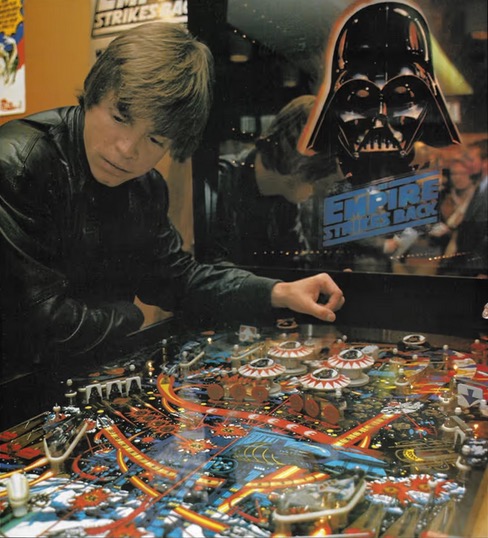
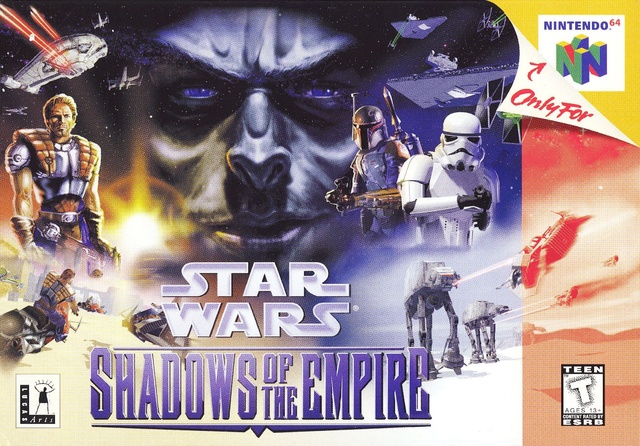
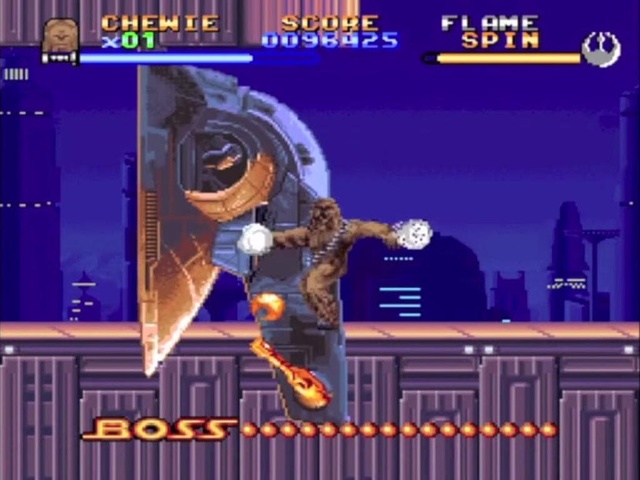
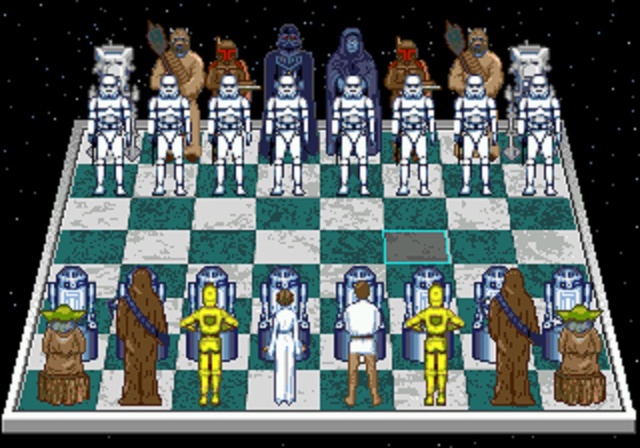
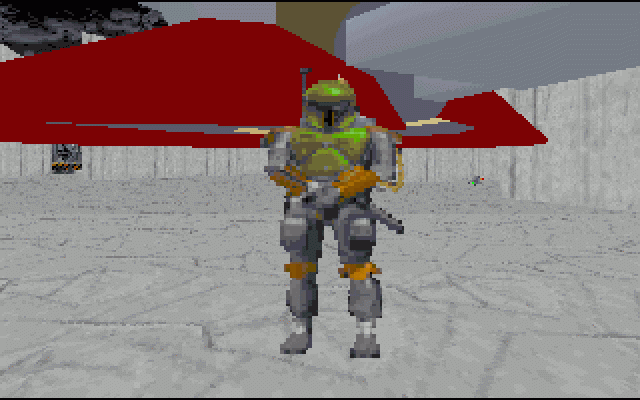
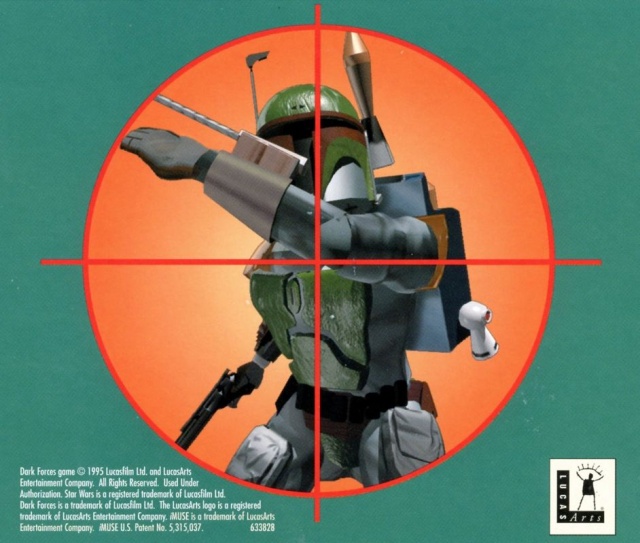
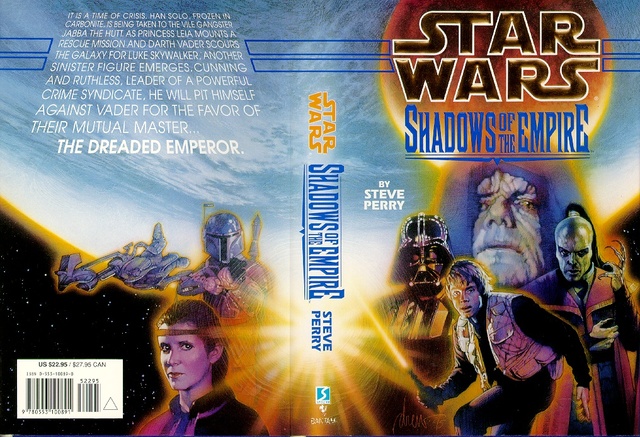
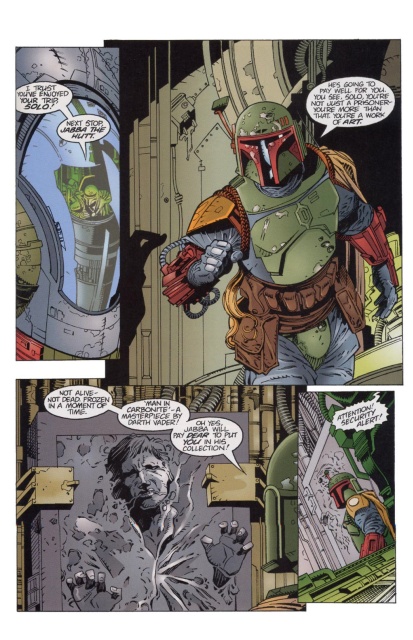
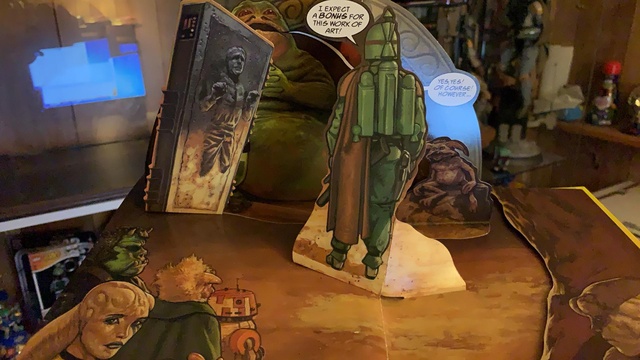
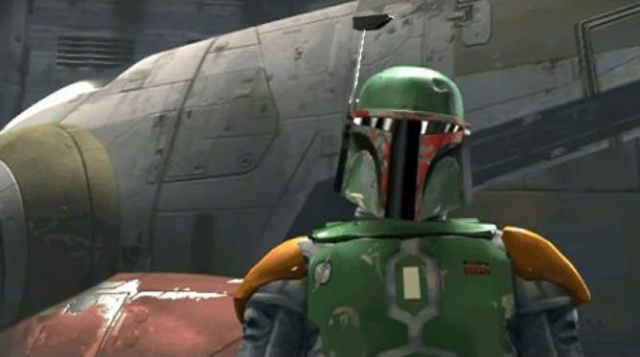
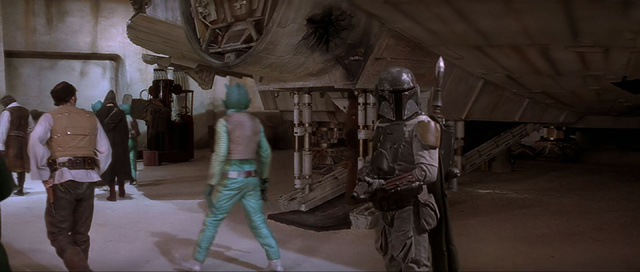
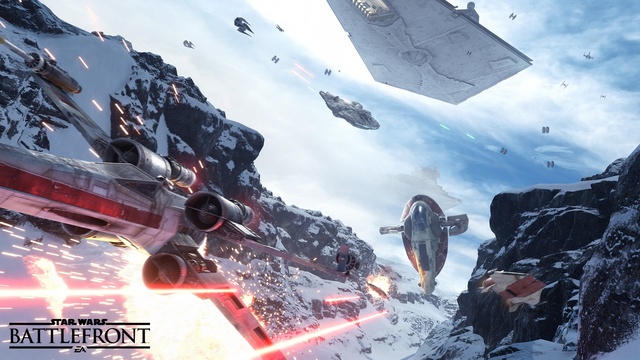
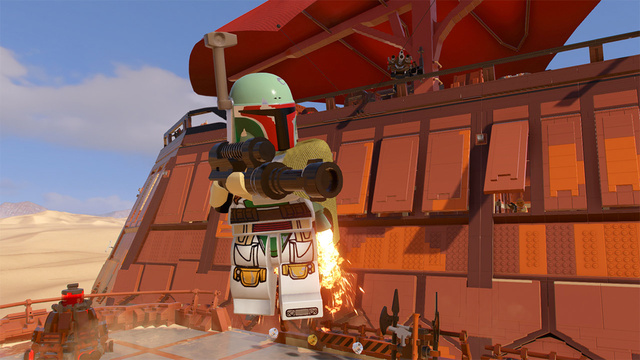
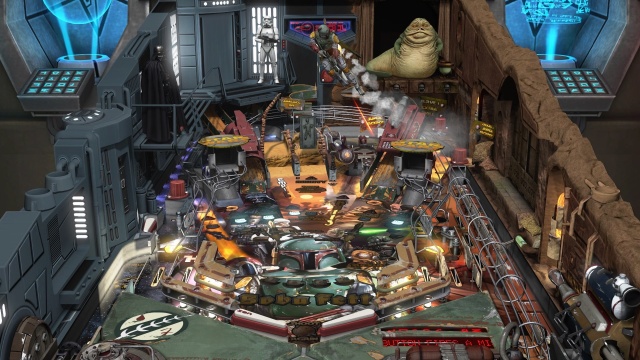
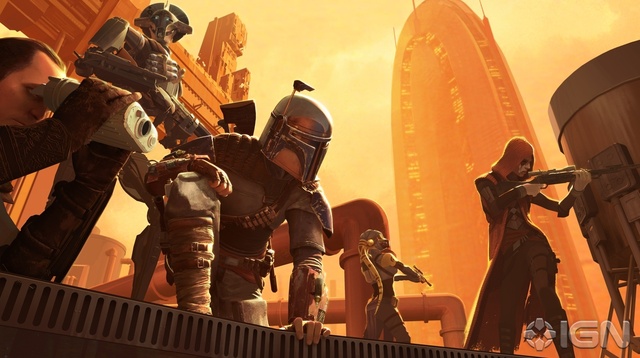
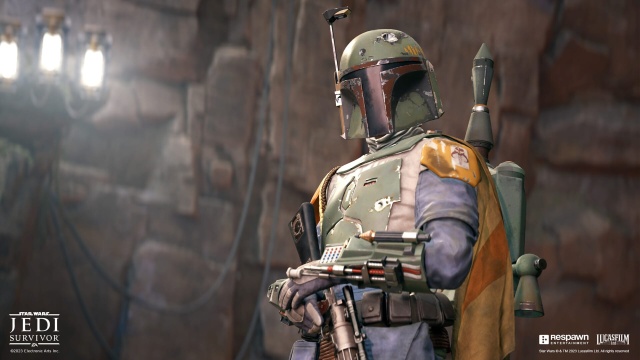


Comments